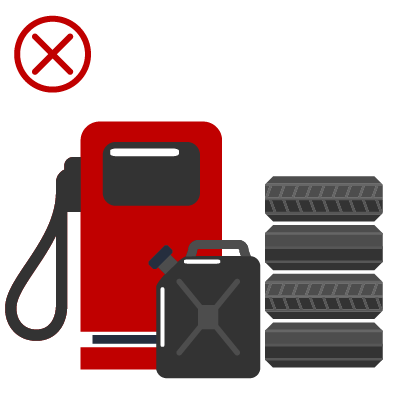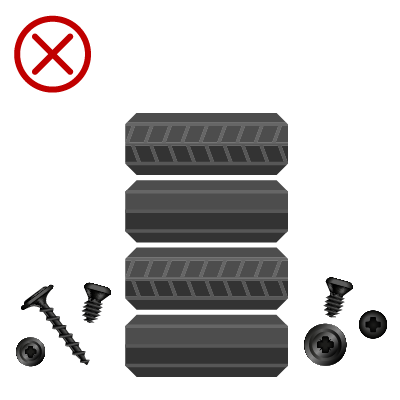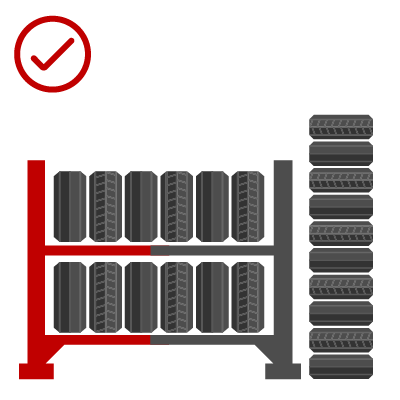Ensuring Optimal Tyre Care from Warehouse to Road.
Tyre care is crucial from the moment tyres arrive in the warehouse. Proper handling and storage directly impact tyre longevity, safety, and performance. Incorrect storage can cause hidden damage that risks tyre failure, underscoring the importance of following strict storage protocols to ensure optimal tyre health.






